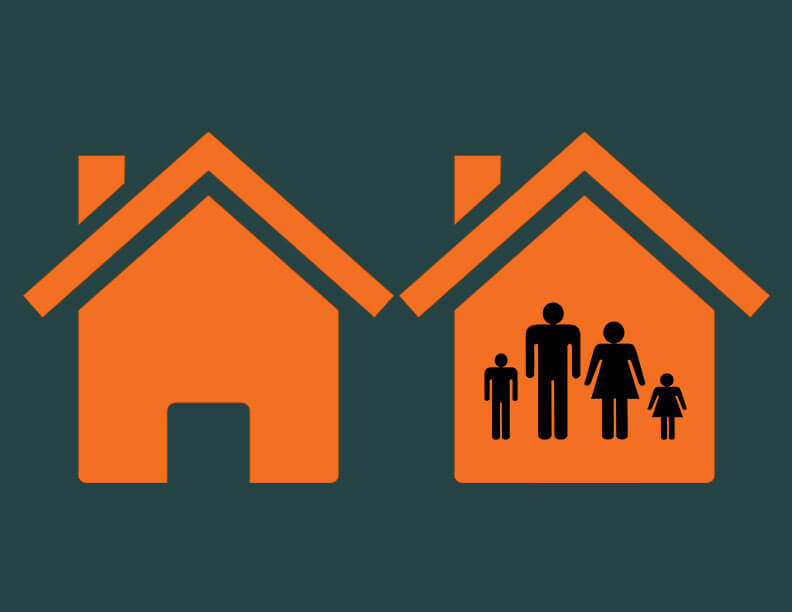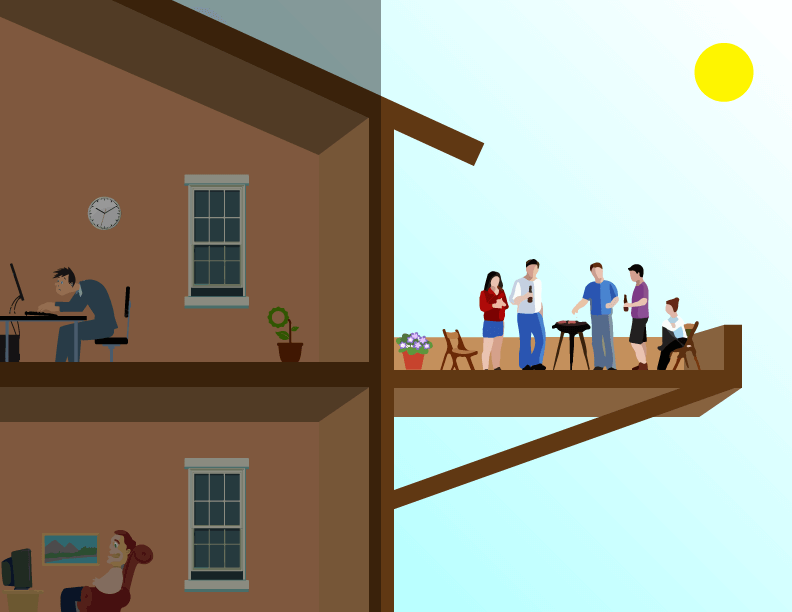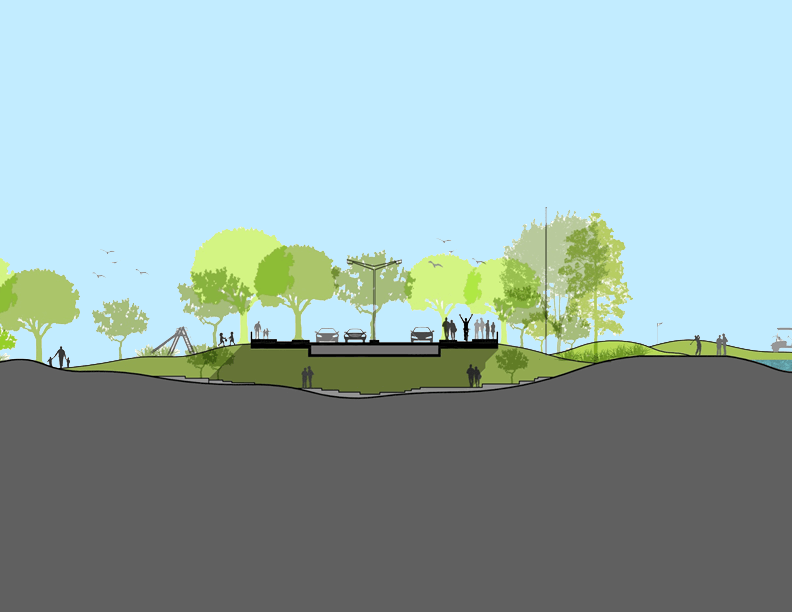The idea of what makes a “house” a “home” is at the center of the discourse on residential architecture. The “home” is a space that comprises of not only of physical settings (house) but also of a state of mind. Home, therefore, is not merely a concrete place that the inhabitants live in, but also a self-expression of what they believe in, a refuge from outside world, and an inventory of past, present and future memories.
It is very crucial that while designing residential architecture, architects address both, house and home, aspects in the design of the residential building. To this end, residential architecture should not only stem from the physical surroundings but also from the values, belief and cultural practices associated with that specific location of the project.
In India, architects for residential building often time struggle to conflate both home and house aspects of a residential architecture. The new residential complexes, often advertised as modern and western, fail to take into consideration the idiosyncrasies of both the place and the people for whom these houses are built for. The end result, without surprise, is a physical structure that feels unhomely. In these residences, the physical structure doesn’t support the psychological well-being and thus the disconnect between these two essential qualities of a home is what ultimately makes the experience of living in such places very “unhomely.” At morphogenesis we are constantly thriving to bridge this gap and create architecture that can be both global yet local at the same time.



